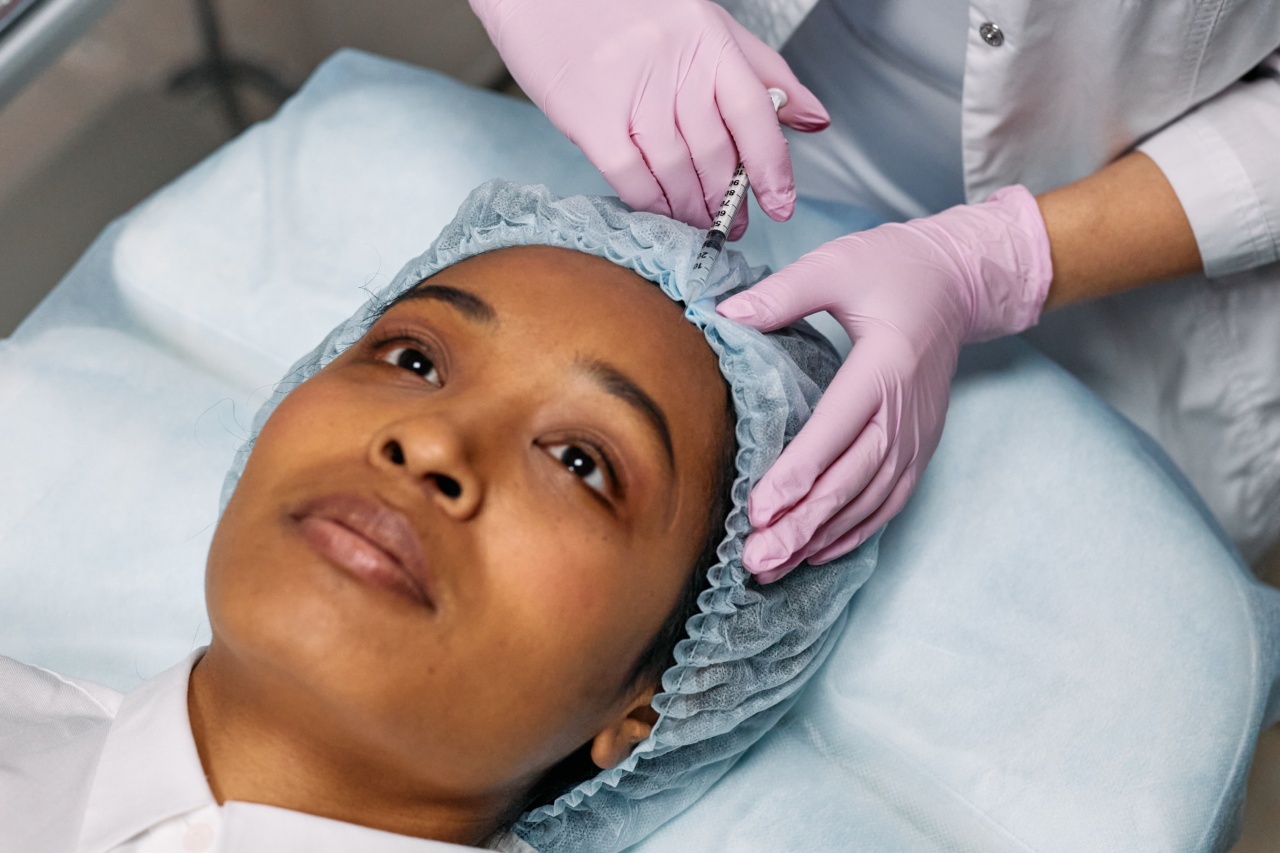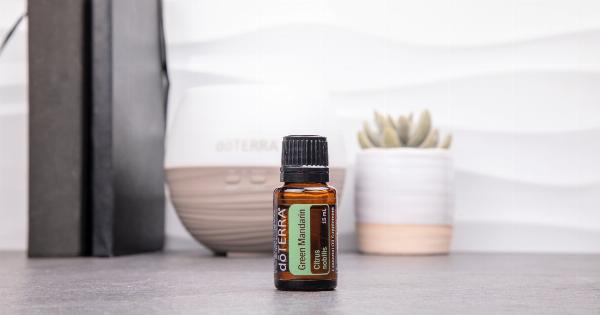Endometriosis is a medical condition in which the tissue that lines the uterus starts to grow outside it, commonly in the fallopian tubes, ovaries, and the lining of the pelvis.
The condition can cause severe pain, particularly during menstrual periods and sexual intercourse, and sometimes lead to infertility.
Endometriosis affects women of childbearing age, and it is believed to be caused by a combination of genetic and environmental factors.
While there is no cure for the disease, treatments can help manage the symptoms and improve the quality of life for patients.
Botox: From Wrinkle Treatment to Endometriosis Therapy?
Botox is commonly known for its use in reducing wrinkles and fine lines.
However, in recent years, researchers have been investigating how the botulinum toxin type A, the active ingredient in Botox, can be used to treat chronic pelvic pain in women with endometriosis.
In 2010, a small study involving 13 women with endometriosis found that Botox injections helped relieve pelvic pain.
Since then, several studies have supported the safety and effectiveness of Botox in treating endometriosis-related pain, with some women experiencing long-lasting relief.
How Does Botox Work?
Endometriosis-related pain is believed to be caused by the excess production of certain proteins and inflammatory factors. These substances can cause muscle spasms, inflammation, and nerve sensitization, leading to pain.
Botox works by blocking the release of acetylcholine, a neurotransmitter that is involved in muscle contractions. In doing so, the botulinum toxin relaxes the muscles, reducing spasms and pain.
Additionally, Botox has been shown to have an anti-inflammatory effect, which further contributes to pain relief.
The Botox Treatment Process
If you are considering Botox treatment for endometriosis-related pain, here is what you can expect:.
: Consultation
Your doctor will conduct a thorough examination to determine if Botox is a good treatment option for you. They will also review your medical history and any medications you are taking.
: Preparation
You may be asked to stop taking blood-thinning medications, such as aspirin and ibuprofen. The treatment area will be cleansed, and a local anesthetic may be applied to reduce discomfort.
: Injections
The Botox will be injected directly into the muscles that are causing pain, using a thin needle. The number of injections and the dose of Botox used will depend on the extent of the pain and other individual factors.
: Post-Treatment
You may experience mild pain or discomfort at the injection site, which should subside within a few hours to a few days. You will be advised to avoid strenuous physical activity and not to lie down for at least 4 hours after the injection.
Risks and Side Effects
As with any medical procedure, Botox treatment for endometriosis-related pain carries some risks and side effects. These include:.
- Pain or bleeding: Some women may experience pain or bleeding at the injection site.
- Urinary problems: Botox can sometimes affect the bladder muscles, causing urinary incontinence or difficulty urinating.
- Allergic reactions: While rare, some women may develop an allergic reaction to Botox, resulting in itching, swelling, and difficulty breathing.
- Spread of toxin: In rare cases, the botulinum toxin can spread to other parts of the body, causing muscle weakness, double vision, or difficulty speaking or swallowing.
Is Botox Treatment Right for You?
If you are suffering from endometriosis-related pelvic pain and are seeking relief, Botox treatment may be a viable option.
However, it is important to discuss the risks and benefits of the treatment with your doctor and to consider other alternative treatments.
Botox treatment may not be suitable for women who are pregnant or breastfeeding, have a history of allergic reactions to Botox or its ingredients, or have a history of neuromuscular disorders such as multiple sclerosis or myasthenia gravis.
The Bottom Line
Endometriosis-related pain can significantly impact a woman’s quality of life. While there is no cure for the condition, treatments such as Botox can help manage the symptoms and improve overall well-being.
If you are considering Botox treatment for endometriosis-related pain, consult with your doctor to determine if it is the right option for you.


























